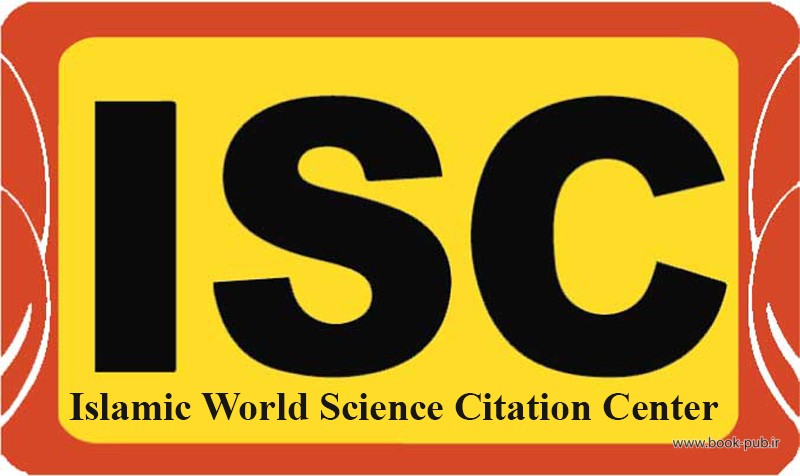The transformation of organizations and the reasons of their failure
DOI:
https://doi.org/10.58342/ghalibqj.V39.I4.9Keywords:
transformation, organization, change, metamorphoses, failure of organizationsAbstract
In today's era, change is inevitable and must be properly managed in order to create constructive and effective changes in organizations and prevent failure. Organizations need to understand that in order to achieve authority, they have to prefer the goals of "becoming" to the goals of "staying"; In other words, today transformation, reconstruction and modernization are one of the important dimensions of organizational health and sustainability; Therefore, managing change and transformation in organizations is one of the most difficult tasks of professional and progressive managers. Considering the emergence of the new administrative system in the country, it is necessary to provide solutions, so that organizations can advance their work in sync with social and global changes. For growth and development in the organization, it is necessary to identify the basic problems and solve them as soon as possible. The purpose of the current research was to identify fatal mistakes in the organization, which usually cause the destruction of organizations. According to the purpose of the research, the question arises that change and transformation cause the progress of the organization? This is a library research and its tools are books and articles in the discussed field. The findings of the research, which is an analytical method, indicate that: instability, lack of proper leadership and management, lack of necessary skills and unjustified spending are among the factors of failure in organizations.
References
اخوان، علیرضا. (1395). تغییر و تحول سازمانی. تهران: انجمن بینالمللی نخبهگان ایران.
گریفین، مورهد. (1380). رفتار سازمانی. چ 6. ترجمۀ سیدمهدی الوانی و غلامرضا معمارزاده. تهران: مروارید.
رضائیان، علی. (1386). مبانی مدیریت رفتار سازمانی. چ 8، تهران: سمت.
روی، مکلنن. (1383). مدیریت تحول سازمانی پیشرفته. ترجمۀ مهدی بابایی اهری. تهران: سمت.
سلیمی، محمدسعید. (1386). مدیریت تحول سازمانی. تهران: سمت.
فرنچ، وندال و اچبل، سیسیل. (1379). مدیریت تحول در سازمان. ترجمۀ سید مهدی الوان و حسن دانایی فرد. تهران: صفار اشراقی.
کریمیان، محمد وزین. (1383). «نوعشناسی تغییر و تحول سازمانی». مجلۀ دانشکدۀ علوم انسانی دانشگاه امام حسین ع.
کلینز، جیم. (2001). خوب به عالی. نیویورک: انتشارات گالینگور.
کینگ، نیجل؛ آندرسون، نیل. (1386). نوآوری و تغییر در سازمانها. ترجمۀ رضا نجفبیگی. تهران: ترمه.
Brooks I. (1997). “Leadership of a cultural change process”. Health manpower management, 23(4-5), 113–119. <https://doi.org/10.1108/09552069710184364>.
D, Posci. (2003). A model for change management. Change management center.
Johan R , Schermerhom, et al. (1994). Managing Organizational Behavior, Fifth ed. New York: Johan Wiley and Sons, Inc.
Kilman, R. (1984). Beyond quik for change. London: jossey-bass1nc.
Downloads
Published
How to Cite
Issue
Section
License
Copyright (c) 2022 Ghalib Research and Scientific Quarterly Journal

This work is licensed under a Creative Commons Attribution-NonCommercial-NoDerivatives 4.0 International License.













